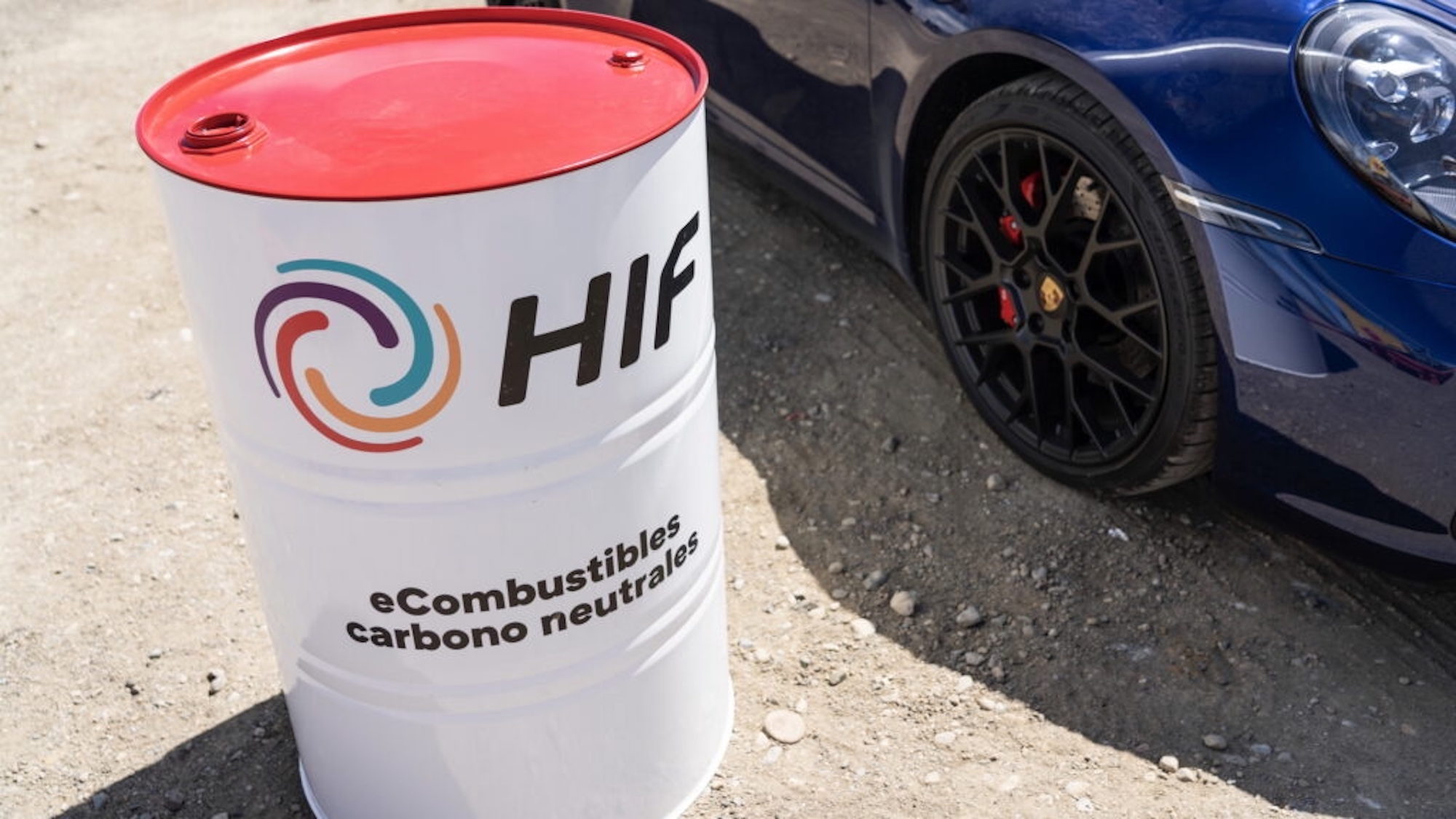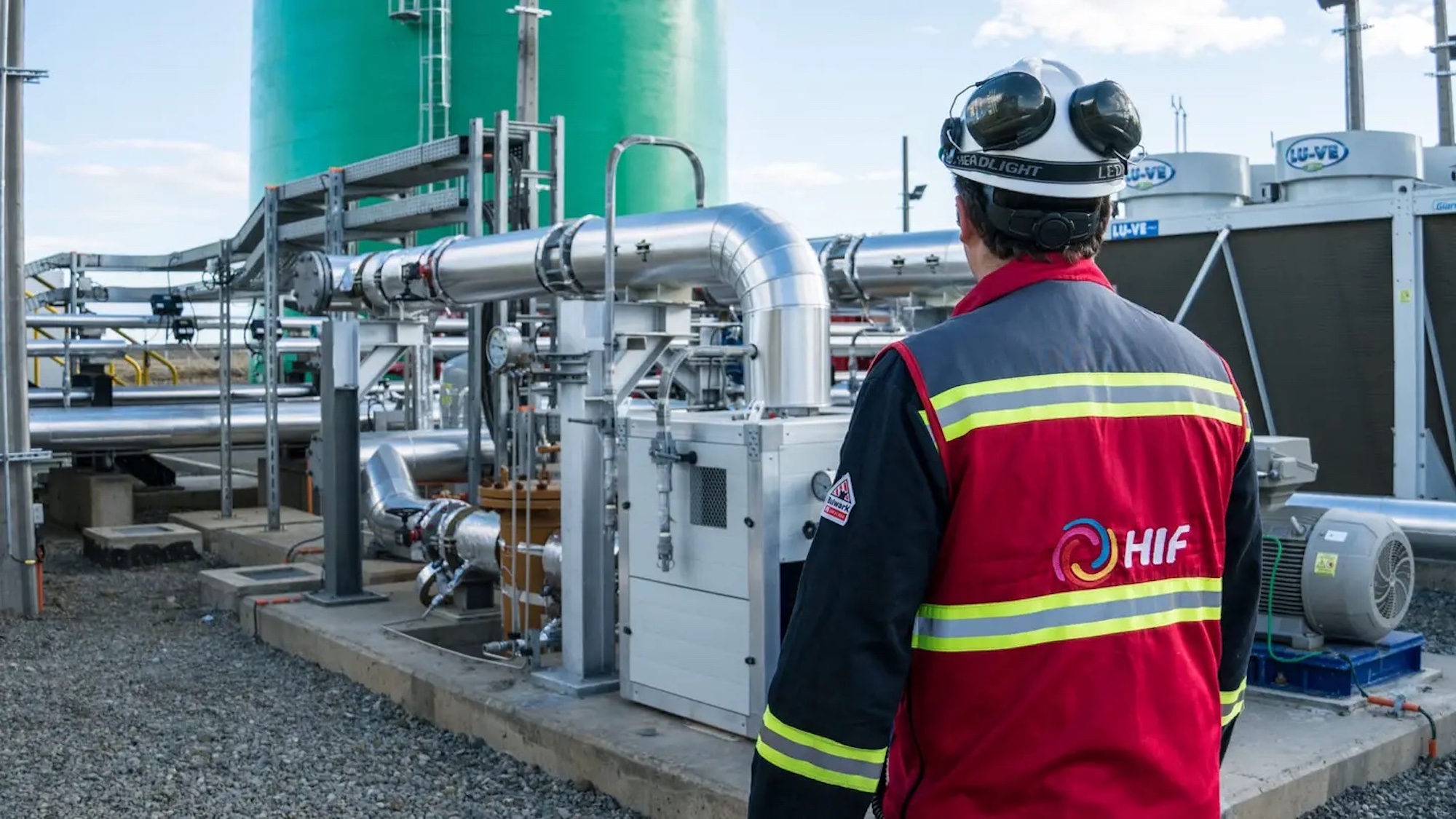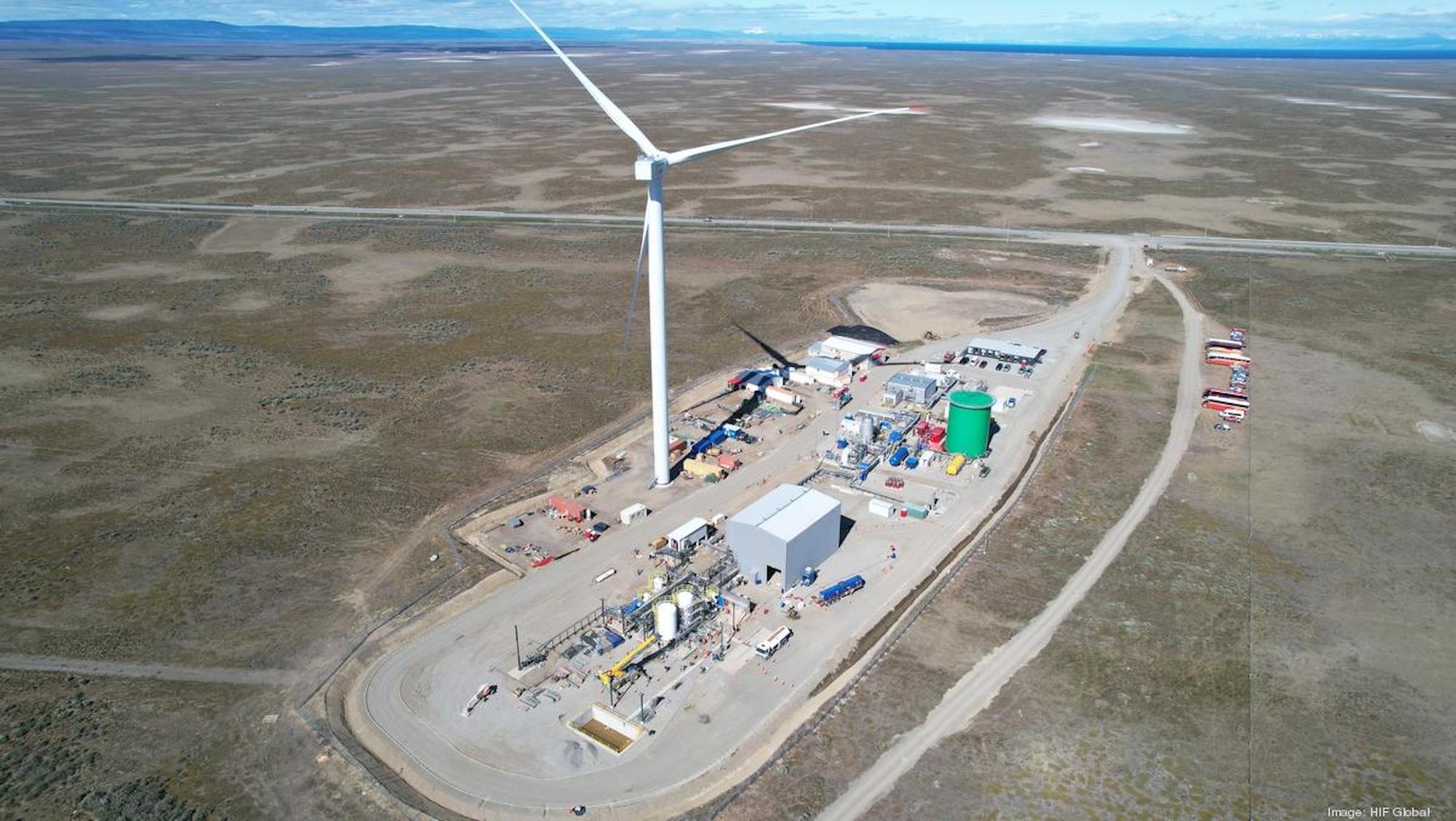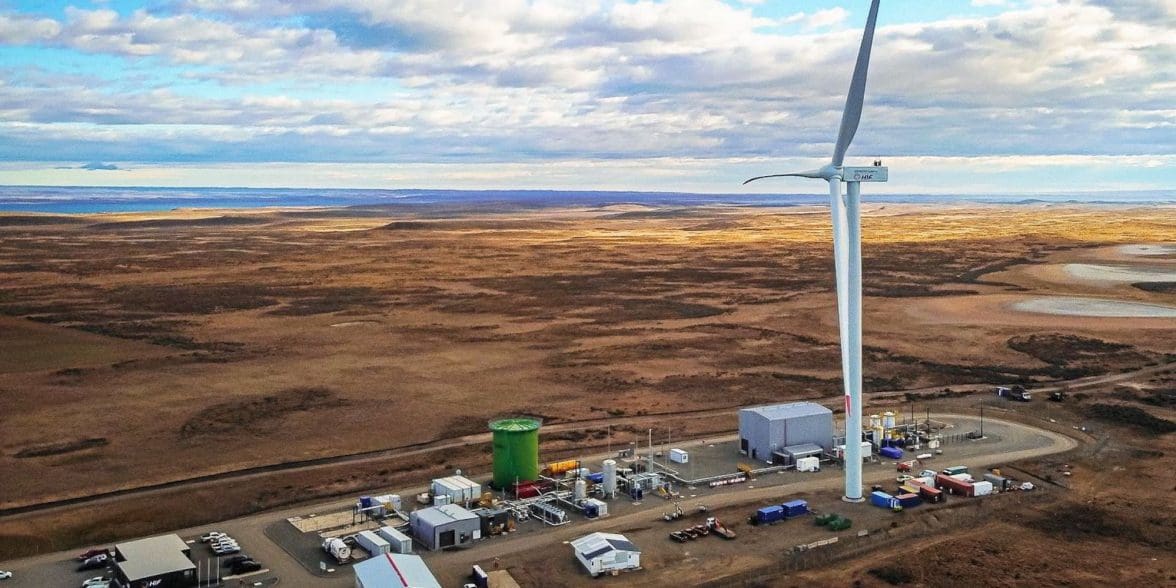I’m sitting here writing news of a thumbs-up for the world’s largest e-Fuel plant with the niggling idea that our industry’s categorization of fuel is about to get… a little more complex.
If you haven’t heard of me, hi, my name is Amanda, and I write about anything connected to the widening world of motorcycles.
Today, we consider the three major energy sources trending in our good two-wheeled markets:
- Organic (mined) fossil-fuel
- Electric power systems
- Synthetic fuel, including e-Fuels, bio-fuels, and other chemically generated fuels

This e-Fuel plant (slotted to begin construction in Southern Texas by 2024) will be focusing on the latter… but what exactly is eFuel?
According to the American Chemical Society, e-fuel – or electro-fuel – is actually a range of fuel types, all of which are made with electricity, “including gasoline and diesel.”
By mixing hydrogen and CO2 in a synthesis reactor “to form energy carriers,” our industry can use electricity to create gasoline – though the end product could still release the same emission levels as our traditional fossil fuel.

Instead of lingering here, HIF Global’s newest investment emphasizes less need for mining of earth’s organic gasoline, with the eventual 1.8GW of hydrogen production being lauded as “green”(via HydrogenInsight).
The facility in Matagorda County is anticipating production of “200 million gallons [750 million liters] per year of shipping fuel [i.e., e-methanol] and e-gasoline each year,” with the plant capable of handling a purported 2 million tons of recycled carbon dioxide (CO2) and 300,000 tons of hydrogen at a time.
And all this while emission regulations continue the cinch into new standards.



Currently, synthetic fuels range on the more pricey side, with a single liter of eFuel costing upwards of $55 to make and HIG Global assuring the populace that “production costs of less than €1 per liter of e-fuel will probably be [eventually] possible.” For now, all 130,000 liters of fuel created by HIF Global’s Haru Oni plant is being shipped to Porsche, and buyers are anticipated to line up for Texas’ eventual offerings.
What do you think of HIF Global’s new mass-scale project? Does the electric production of gas fit the industry’s move toward more “green” fuel options?



